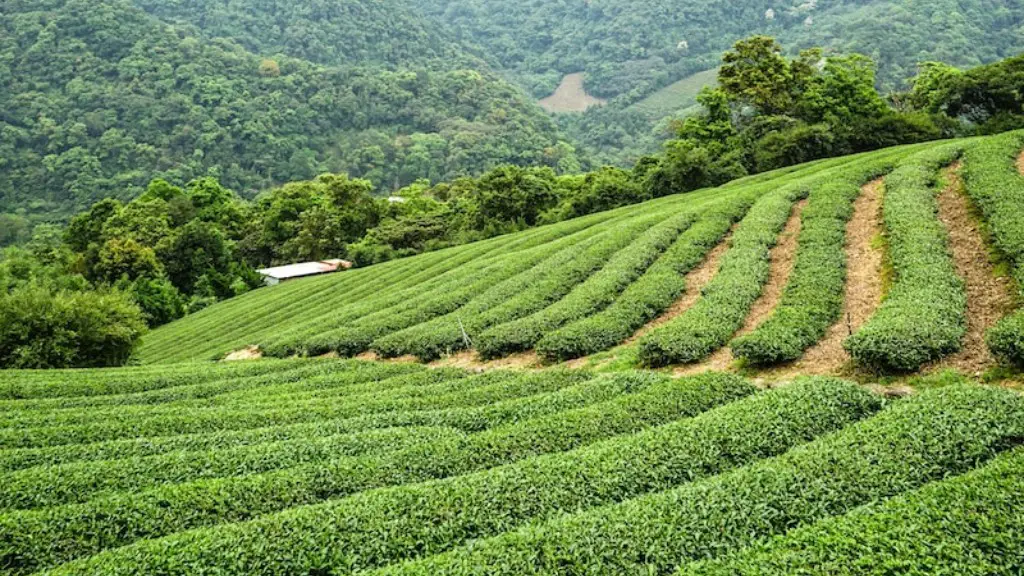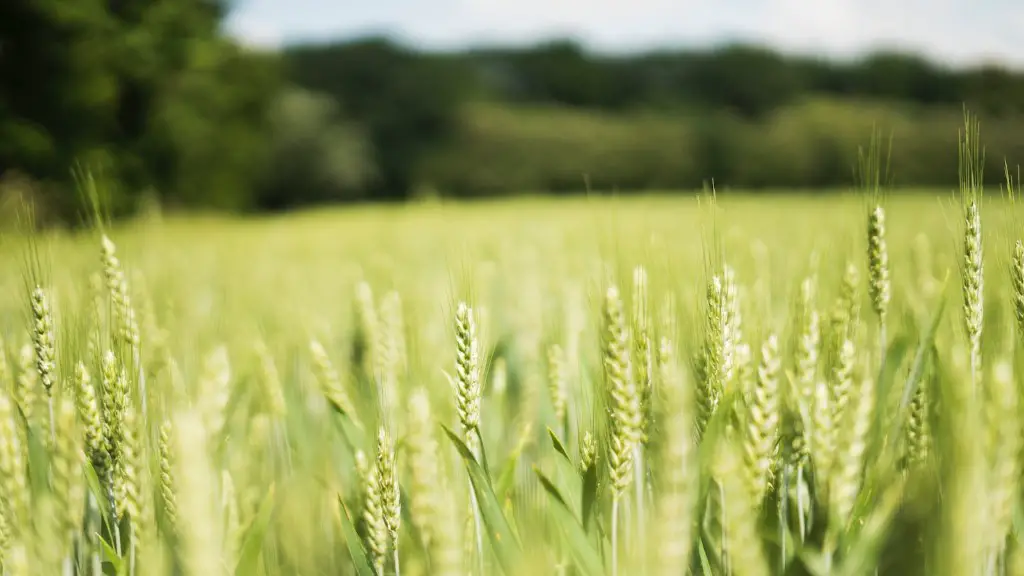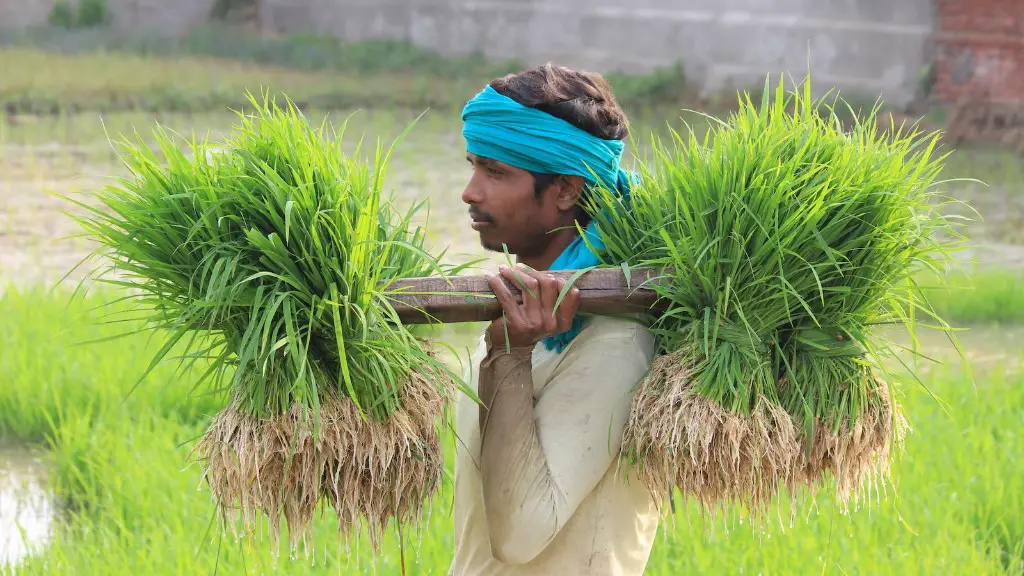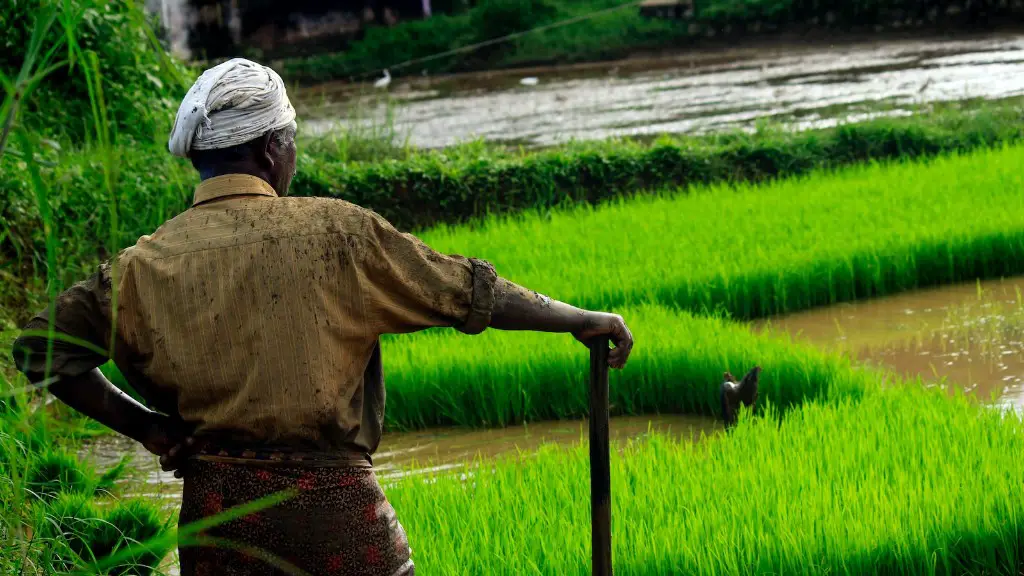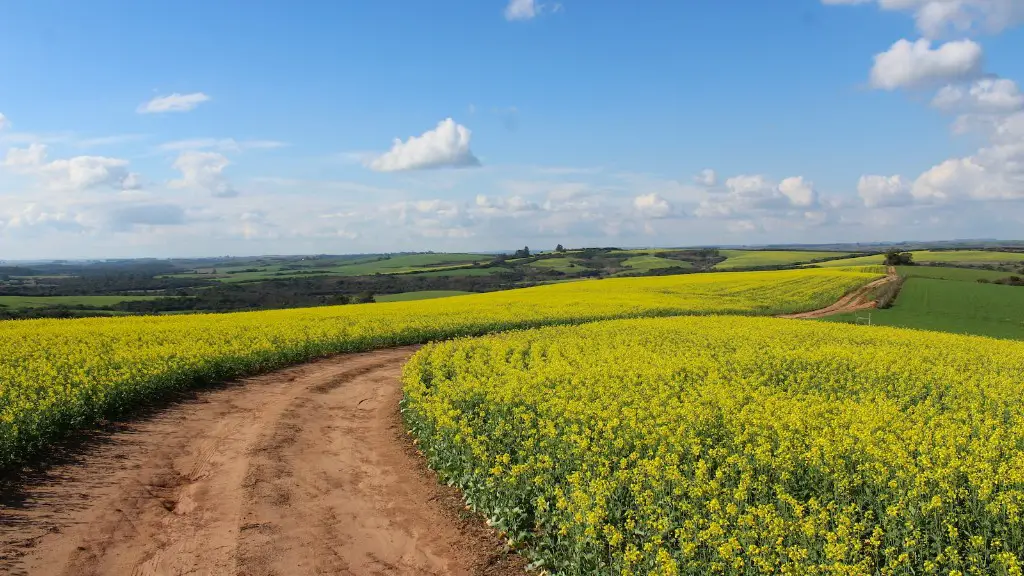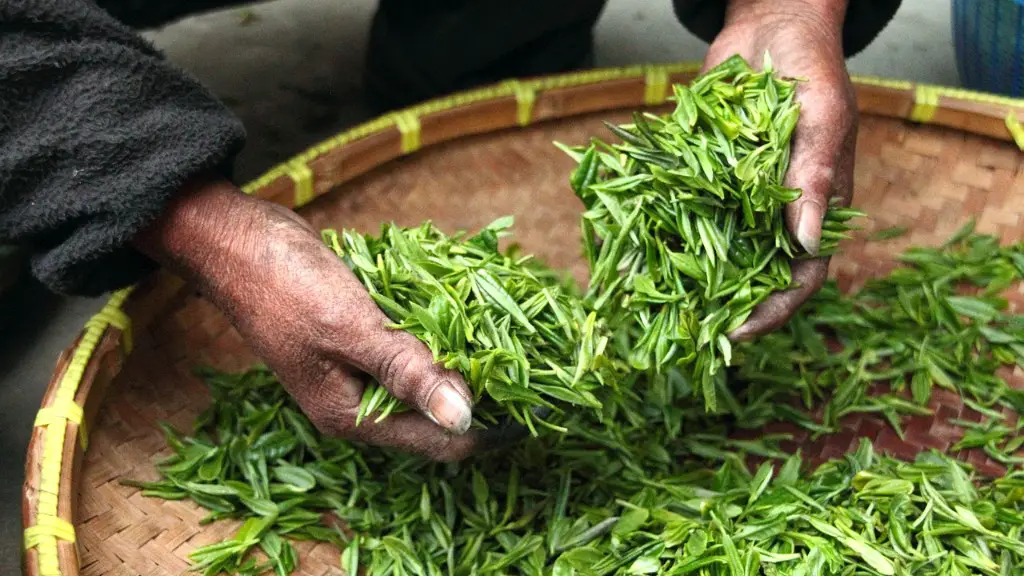In permaculture, the guiding principle is working with nature, not against it. Permaculture draws from many disciplines including organic farming, horticulture, agroforestry, and applied ecology. The goal of permaculture is to create harmonious ecosystems that provide for human needs while having positive effects on the environment.
Regenerative agriculture is a type of farming that focuses on repairing and rebuilding the soil. When done correctly, regenerative agriculture has the potential to reverse climate change and sequester carbon in the soil. Regenerative agriculture practices include no-till farming, cover crops, and diversified crop rotations.
Permaculture is a holistic design approach that seeks to create systems that are sustainable and self-sufficient. Its focus is on creating land-use systems that are both productive and provide for the needs of the people using them. Regenerative agriculture is a type of farming that uses practices that improve the fertility of the land, while also regenerating the natural resources used in the farming process.
Are permaculture and regenerative agriculture the same?
Regenerative agriculture is a type of farming that focuses on rebuilding the soil health and fertility. This is done through methods such as using cover crops, crop rotation, and composting. Regenerative agriculture does take permaculture into account, but annual crops are also part of many regenerative agriculture farms. Both permaculture and regenerative farming use organic methods but go beyond organic to create even more sustainable food systems.
Permaculture is a design philosophy that works with nature to create sustainable systems that are both environmentally friendly and provide for human needs. This approach can be used to create everything from gardens to entire communities. Permaculture is about working with the natural world, not against it, to create systems that are both sustainable and regenerative. This philosophy has the potential to heal the planet and ourselves, for generations to come.
What is the difference between permaculture and sustainable agriculture
Organic farming is a type of agriculture that focuses on producing food in a way that is sustainable and promotes the health of the environment. Permaculture is a design system that takes inspiration from the way that ecosystems work, and aims to create systems that are self-sufficient and have a minimal impact on the environment. Both of these approaches to food production are important in creating a more sustainable and environmentally friendly food system.
Agriculture is the practice of cultivating food for human consumption. Permaculture is “permanent agriculture” and integrates ecosystem patterns to improve the ethics and sustainability of farming practices. Depending on the scale, certain agricultural practices have environmental implications. For example, large-scale livestock farming can lead to deforestation and soil erosion, while small-scale organic farming can have a positive impact on the environment.
What are 3 types of regenerative agriculture?
There are a number of regenerative agriculture practices that every grower should follow in order to promote healthy soils and sustainable growing practices. These include reduced or no-till farming practices, cover cropping, composting, increasing crop diversity, organic annual cropping, and managed grazing. By following these practices, growers can help to improve the health of their soils and create more sustainable growing systems.
Regenerative farming practices are those that work to improve and restore the land they are used on. These practices promote biodiversity and help to build healthier soils. They include using cover crops, rotating crops, reducing tillage, and using regenerative grazing management for livestock. By using these practices, farmers can help to improve the land they farm and create a more sustainable future for agriculture.
What’s the opposite of regenerative farming?
Conventional agriculture has a negative impact on the environment. Plowing, using synthetic fertilizer and chemical pesticides, and growing the same crop year after year degrade the soil and release carbon into the atmosphere.
Permaculture is a type of agriculture that is inspired by nature and focuses on creating self-sufficient and sustainable ecosystems. This form of agriculture relies on crop diversity, resilience, natural productivity, and sustainability in order to be successful. By mimicking natural ecosystems, permaculture farms are able to create an environment where crops can thrive without the need for artificial inputs. This not only makes permaculture more environmentally friendly, but also more economically sustainable in the long run.
What is meant by regenerative agriculture
Regenerative agriculture is a promising approach to sustainable food production that can help regenerate our depleted soils, improve biodiversity, and promote water and air quality. This holistic system of farming focuses on soil health, food quality, and the enhancement of ecosystems. By increasing soil organic matter and biota, regenerative agriculture can improve overall soil health, promote carbon sequestration, and ultimately help mitigate climate change.
The three ethics of permaculture are central to its design and philosophy. They are earth care, people care, and fair share. These ethics are also found in most traditional societies. They form the foundation for permaculture and help to create a sustainable and ethical way of living.
What are the two main principles of permaculture?
Permaculture is a system of philosophy and design principles centered around the idea of caring for the earth and its people. This means that permaculture practitioners believe in taking care of the environment and promoting social and economic justice. The core ethics of permaculture are people care, earth care, and fair share. These ethics are based on the idea that we must work together to protect our planet and its resources, and that we must share these resources fairly. Permaculture has been around since the 1970s, when it was founded by Bill Mollison and David Holmgren.
Permaculture is a great way to create a sustainable and self-sufficient ecosystem, but it does have its drawbacks. One of the biggest drawbacks is the time and labor required to set up and maintain a permaculture system. It can take years to establish a healthy and productive permaculture system, and it requires a lot of knowledge and skill to do it effectively. Additionally, permaculture systems tend to have a lower yield in the short-term, so it can take a while to see any real benefits. Finally, permaculture products can be more expensive and have a shorter shelf-life than conventional products, so it’s important to do your research before making the switch.
What are some examples of permaculture
Permaculture can be implemented into society in a number of ways, from regulating agriculture and how water and energy are sourced, to environmentally friendly building plans and mitigating deforestation. Additionally, permaculture can also help to improve the quality of animal life, and do whatever possible to improve both the economic and social conditions of a community.
In permaculture, pests are kept at bay by natural predators, plants are better equipped to fight diseases, and weeds act to benefit their surroundings. This is in contrast to conventional agriculture, where only the target harvest is used and replenished. By promoting biodiversity, permaculture more closely resembles natural systems and thus may be more sustainable in the long run.
What are the 5 zones in permaculture?
Permaculture zones are a great way to categorize your land management. By breaking the land into 5 different categories, you can more easily manage your resources and prioritize your activities. Zone 4 is especially good for wild plant and mushroom harvesting, as well as fishing and hunting. Native plants can also provide valuable resources for wildlife.
Regenerative farming is a type of agriculture that focuses on rebuilding the soil health and ecosystem.
The 5 principles of regenerative farming are:
1. Soil Armor: Protecting the soil with a cover of living plants, which reduces evaporation, builds soil fertility, and reduces erosion.
2. Diversity: Planting a diversity of crops, which helps to build soil health and provides food and habitat for beneficial insects and other wildlife.
3. Continuous Live Plant/Root: Keeping the soil covered with living plants and roots as much as possible, which helps to protect and build soil health.
4. Livestock Integration: Incorporating livestock into the farming system, which can help to build soil health and provide fertilizer.
5. Minimizing Soil Disturbance: Avoiding or minimizing soil disturbance, which can help to protect soil health and reduce erosion.
Is sustainable agriculture the same as regenerative agriculture
Sustainable practices are designed to maintain the status quo, while regenerative practices take into account the fact that natural systems are degraded and work to restore them.
If you want to start a nursery, you can do it on as little as 3000 square feet, or some 300 square meters. You will need between 0.1 and 0.25 of an acre at most. This space will allow you to grow a variety of plants and trees. With this space, you can also implement a variety of regenerative agriculture practices, such as permaculture, to create a sustainable and profitable business.
Final Words
Permaculture is a system of ecological design that emphasizes the sustainable use of natural resources. Regenerative agriculture is a type of farming that heals and revitalizes the land, while also producing food and other agricultural products.
There are a few key differences between permaculture and regenerative agriculture. Permaculture is a more holistic approach that includes working with natural systems, while regenerative agriculture focuses on rebuilding the soil. Permaculture also emphasizes using local resources and minimizing waste, while regenerative agriculture relies more on mechanization and technology.
